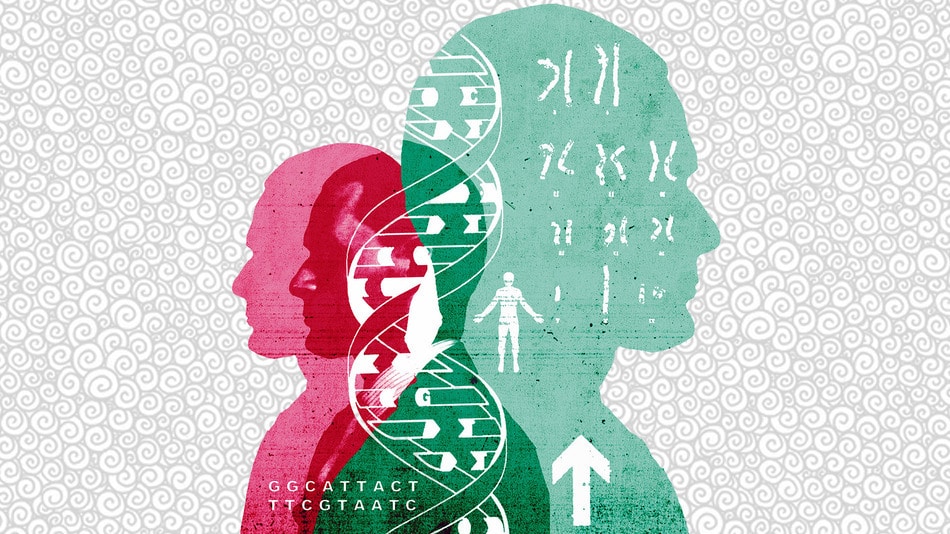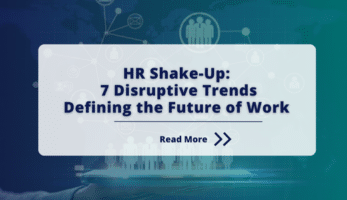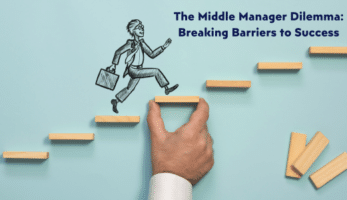Leadership, Total Rewards
Organizational DNA for Strategic Innovation

This is the time of year where an organization’s focus shifts more to strategy and goal setting. Most leadership teams are already deep in planning mode for the upcoming fiscal year. But things have definitely changed! PwC reports that companies are increasingly competing with differentiating capabilities and therefore find themselves in transformation mode, retooling operating models and organizational DNA to execute effectively.
Organizational DNA is defined as the underlying factors that together define an organization’s “personality” and help explain its performance. PwC’s research shows that enterprises fail at execution because they go straight to structural reorganization and neglect the most powerful drivers of effectiveness — decision rights and information flow elements. PwC’s work has shown these two traits are twice as powerful in driving organizational effectiveness.
An organization’s personality is analogous to its culture. Not an aspirational culture; rather the legacy culture that results from the aggregate behaviors and beliefs of those who comprise the organization’s workforce. In a recent report published by Deloitte, it was noted that 86% of CEOs believe that culture is a competitive advantage; yet only 12% believed they are driving the right culture. This gap is the most significant challenge that companies face today. Organizational culture not only provides competitive strength, but it has become a defining factor for prospective employees.
What can leaders do to understand its organizational DNA and actively evolve its culture – the right culture? Begin by addressing the four points below.
- Understand the legacy culture and how employees behave
- Identify the behaviors within that culture that help support the organizational transformation.
- Enlist change agents – authentic leaders (influence not title) to model these behaviors and motivate the rest of the organization to embrace them.
- Revamp elements of the organization that ensure these behaviors are widely adopted and sustained
- Review your brand messaging and ensure that your organizational personality is prominent.
Although many characterize culture and engagement as “soft” concepts, my experience suggests otherwise. Over the course of my career, I have had three opportunities to effectuate a significant transformation on an organization. These opportunities occurred in different industries, at different growth stages, and for organizations with very different values. What isn’t different? Culture was at the heart of each transformation and the most significant hurdle to change. It is no coincidence that Peter Drucker’s infamous quote, “Culture eats strategy for breakfast” lives on.







